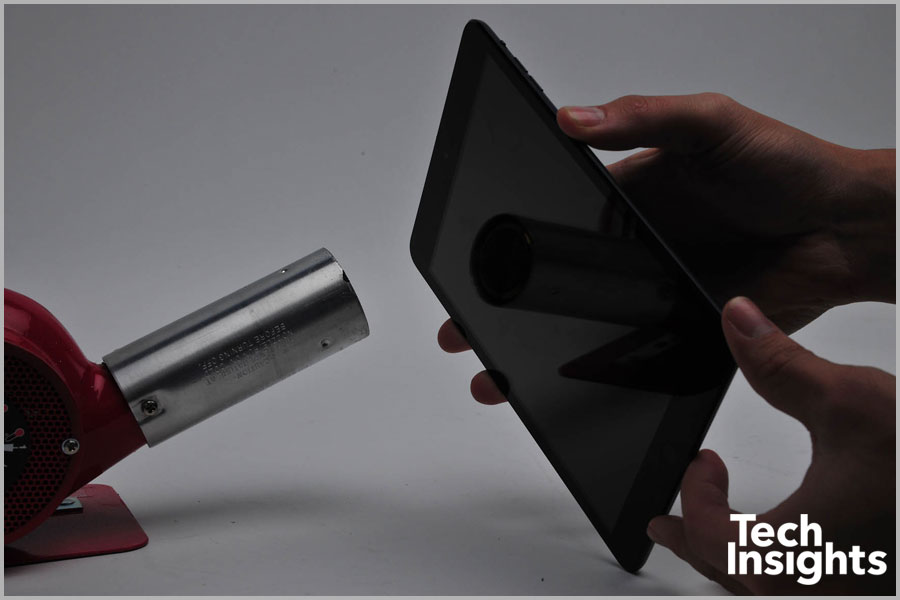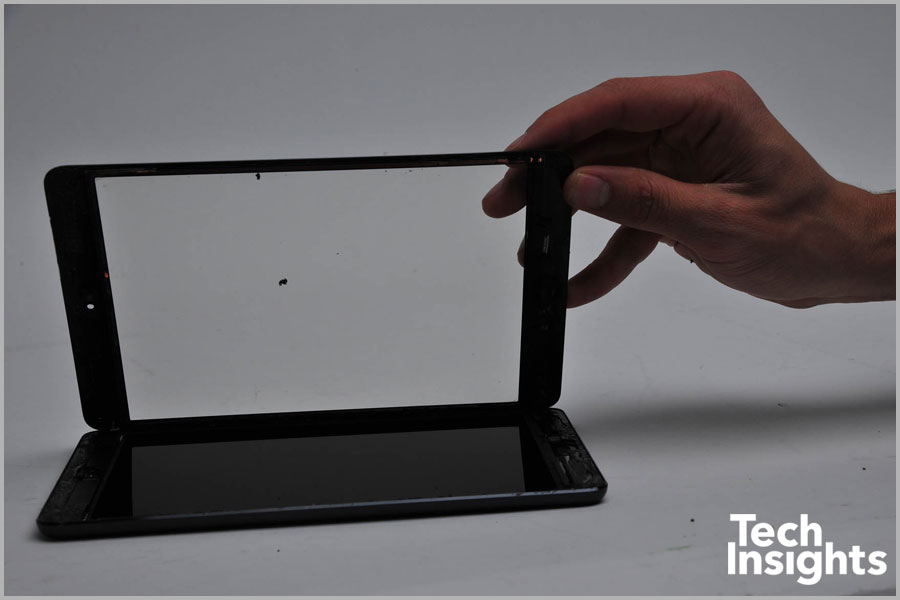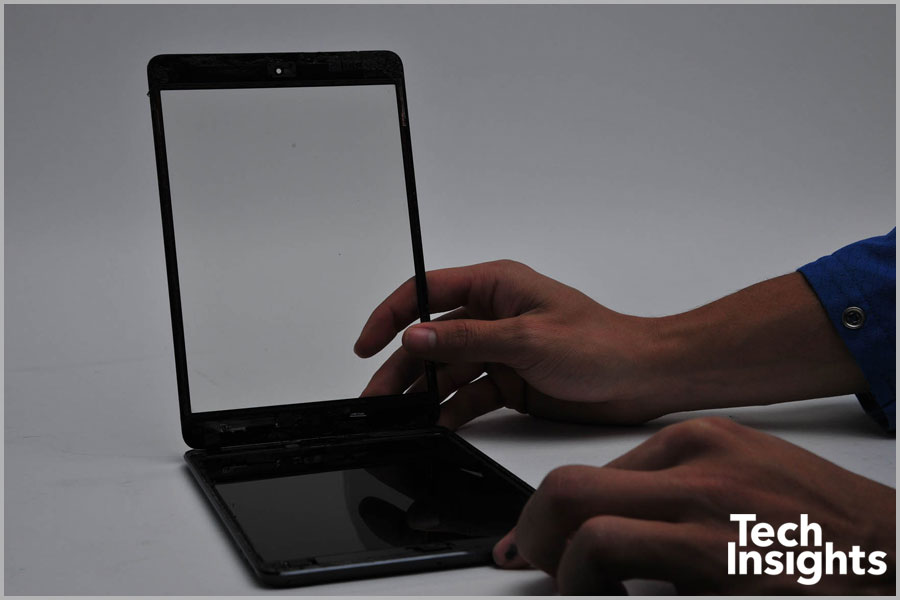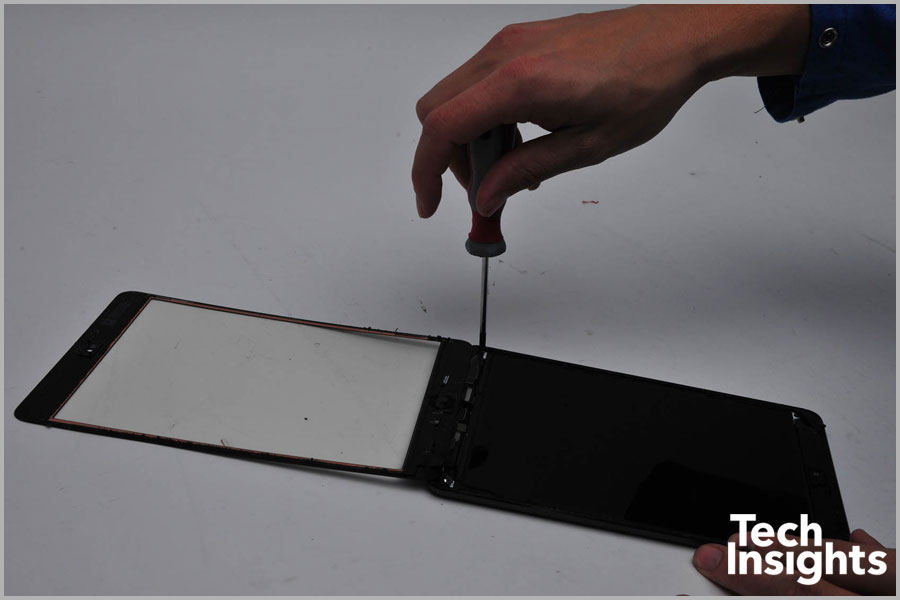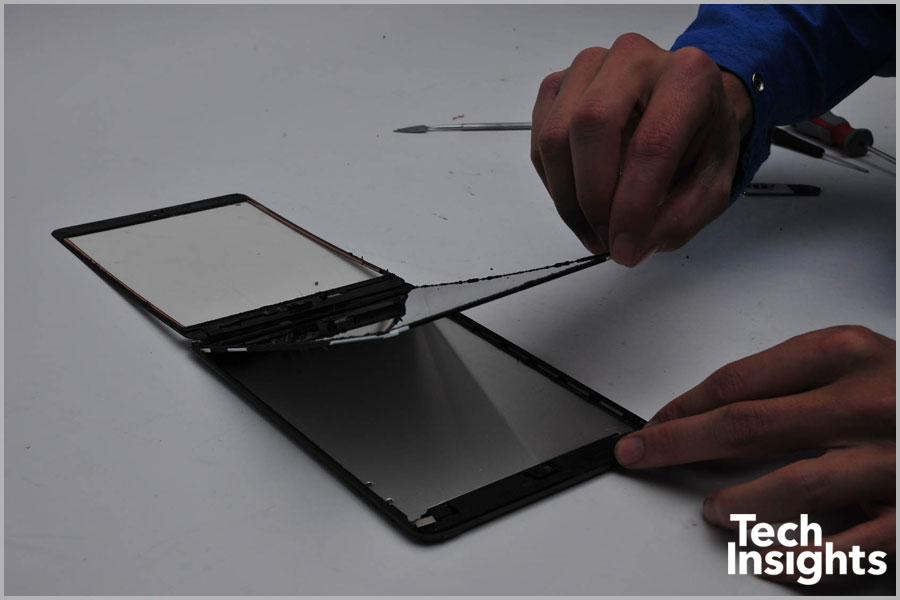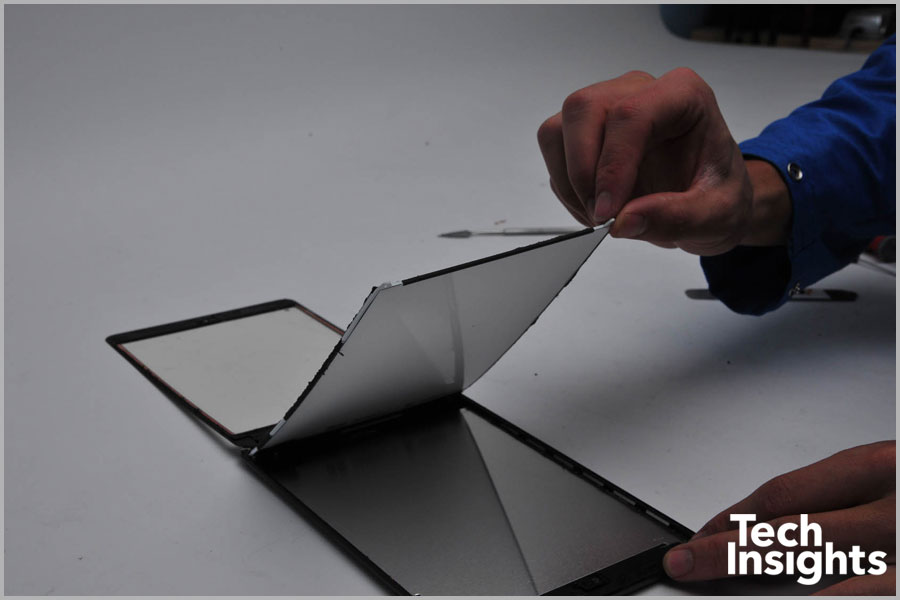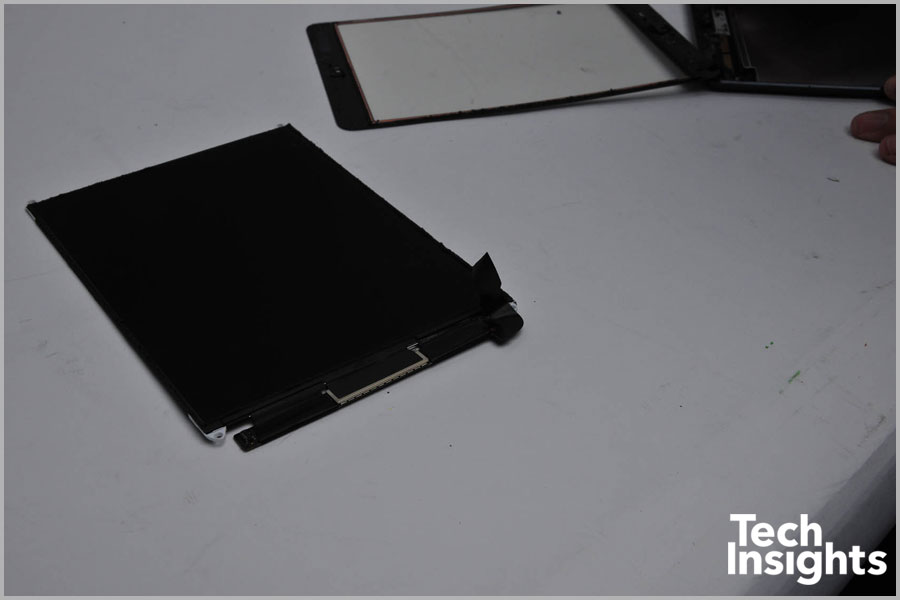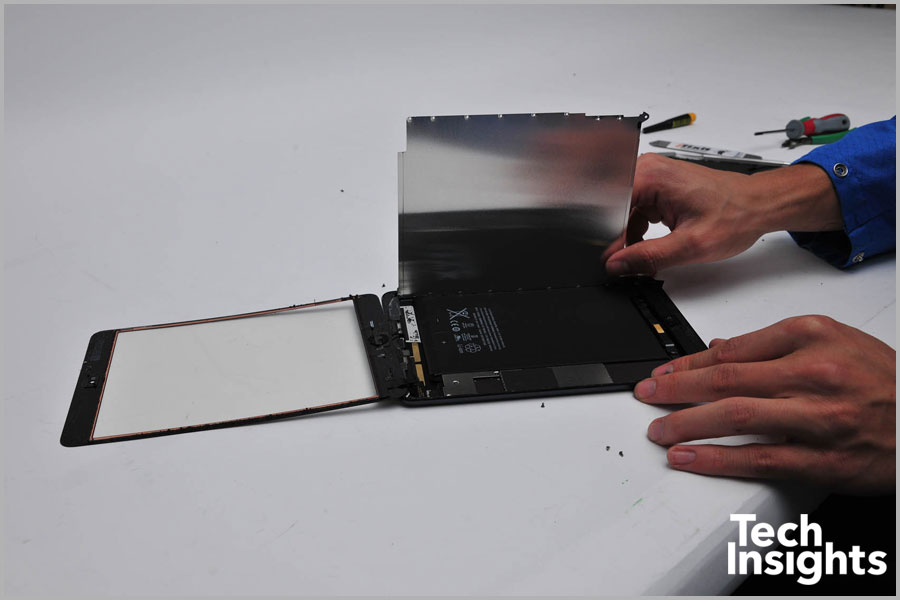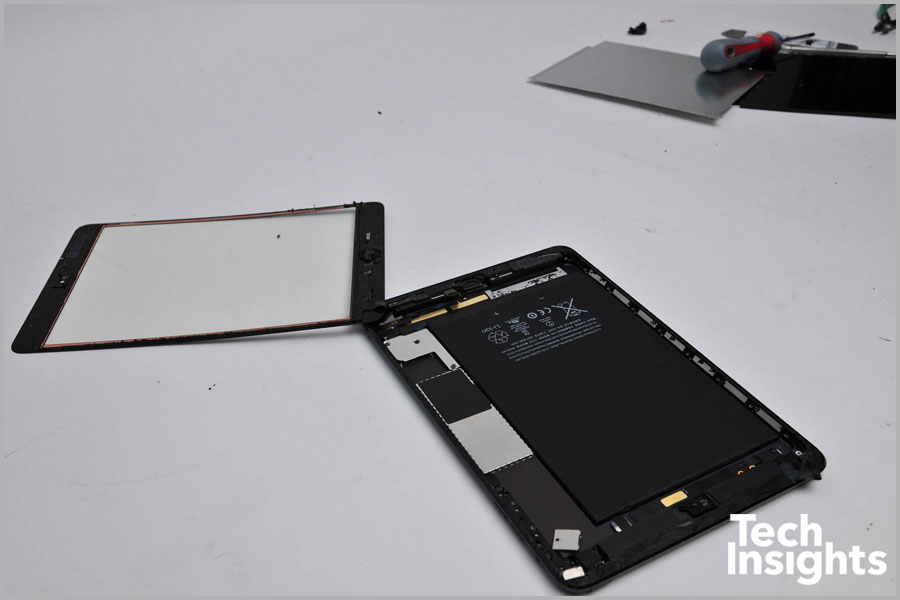Apple iPad Mini Teardown
Posted: November 1, 2012
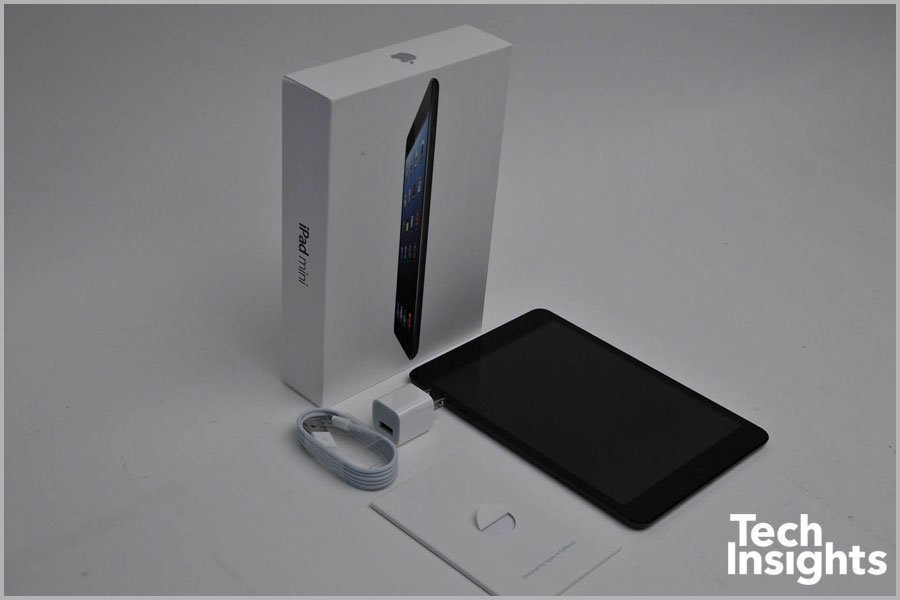
Apple iPad Mini Teardown
Since its introduction of the iPad nearly two and a half years ago, Apple has held onto the lion’s share of the tablet market. Particularly, Apple has managed to hold off all competitors that dared to mimic the 9.7-inch or 10.1-inch platform made famous by the iPad. As of October 23rd, Apple claims to have sold over 100 million units from their iPad family, with over 62.5% of the total tablets shipped in 2012 (according to IDC).
However, the new threat to Apple’s dominance in the tablet space may not come from 9.7-inch and higher models. Surprisingly, Apple faces its largest competition in the tablet space from a form factor that, to date, they do not offer – the 7 inch model.
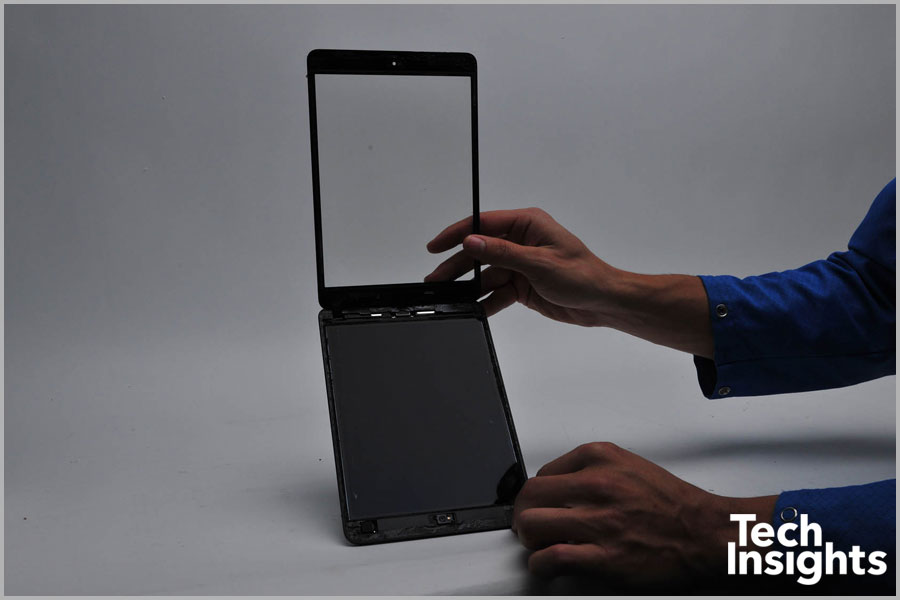
Apple iPad Mini Teardown
Approximately one year ago, Amazon shook the tablet landscape by introducing the first sub-$200 tablet, the Amazon Kindle Fire. As many as there were skeptical of the online book vendor’s foray into electronics, many people saw the move as a stroke of genius. By combining the vast library of online titles at their disposal, Amazon would be able to match the current industry leader, Apple, in the one area that Apple had a significant advantage over their other competitors - content. With over 6 million Kindle Fire units sold upon its release, another powerful player in Silicon Valley took notice. Despite being known as the search-engine leader, Google, used their experience in previous electronics releases to introduce the Google Nexus 7, another sub-$200 tablet featuring impressive specifications such as a quad-core processor and a rich display that was unexpected for that price point. The introduction of these two devices, and subsequent improvements like the Kindle Fire HD, caught the attention of consumers with both devices selling in high volumes similar to that of their Apple counterparts. The Google Nexus 7 is expected to sell over 8 million units before the end of 2012, according to DigiTimes’ estimates.
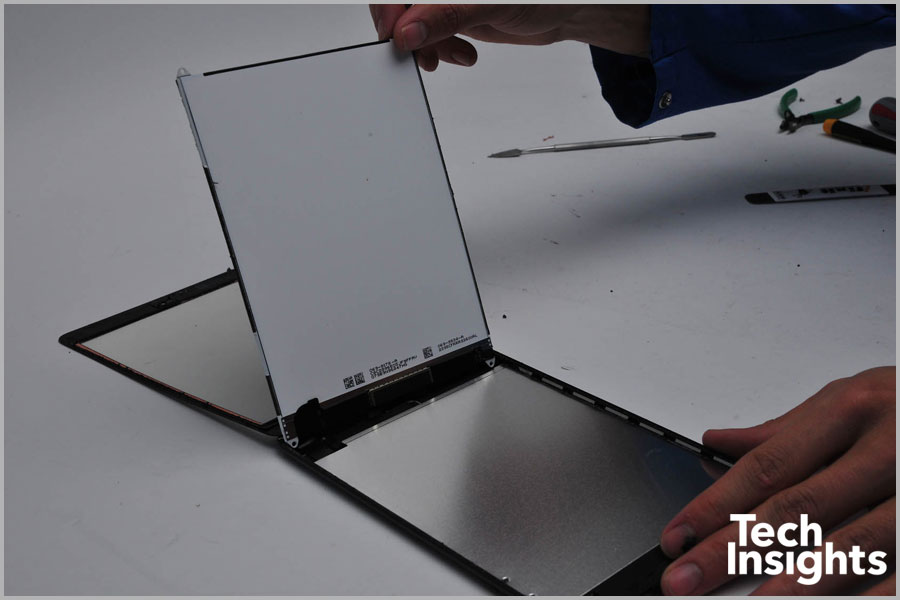
Apple iPad Mini Teardown
With the 7-inch market growing at an exponential rate, it was only a matter of time before Apple would address this product segment. Despite Steve Jobs’ protestations that 7-inch tablets were “Too big to compete with a smartphone; too small to compete with an iPad”, on October 23rd, CEO Tim Cook introduced Apple’s latest device, the iPad Mini.
Featuring a 7.9-inch LCD display with 163 pixels-per-square-inch, the iPad Mini also boasts the use of the same A5 dual-core processor found within the iPad 2, WiFi-accessibility and the availability of an LTE-enabled model. The selection of a larger 7.9-inch screen was driven by Apple’s designers, who felt that a 7.9-inch screen resulted in 25% increase in screen over their 7-inch counterparts, and would improve the user-experience of their iOS 6 operating system on the iPad Mini.
Inside the Apple iPad Mini
Within moments of receiving the device, the most noticeable quality of it was its thickness and weight. Weighing in at 0.68 pounds and with a relative thickness of 7.2 mm, the iPad Mini is the lightest and thinnest 7-ish inch tablet that we’ve had a chance to analysis. Another noticeable quality of the iPad Mini was the resolution of the 7.9-inch screen. The iPad Mini features a similar 1,024 x 768 pixel LCD panel to that of the iPad and the iPad 2 that correlates to 163 dpi, a far cry from the clarity of the retina display (and the 264 dpi resolution) found in the newer generation iPhones and the iPad 3.
Featuring a top-to-bottom build reminiscent of other iPads, the deconstruction of the iPad Mini begins with the removal of the touchscreen glass that covers the LCD display. Once the metal housing plate of the display is removed, the main battery and main board of the iPad Mini becomes visible. The iPad’s battery claims 10 hours of life and features specs such as (insert specs). Apple also claims it is their thinnest lithium-ion battery to date. However, size-wise, it closely resembles that of the iPad 3.
Once the main board is revealed, Apple’s continued need to mark devices with their own Apple-branding (so as to hide design wins from analysis firms such as ourselves) is apparent. Noticeable socket wins are the memory components, the main processor and the some of the sensors. The main CPU is the 32nm Apple A5 applications processor, manufactured by Samsung. This device was first seen as a single-core device in the third generation Apple TV, however, a look at the die indicated two-cores. The dual-core version of the A5 at the 32nm node was then incorporated into the iPad 2. Manufactured using a gate-first high-k/metal gate (HKMG) process, this version of the A5 has a die with an area of 69.7 mm2 and a die thickness of 110 μm.
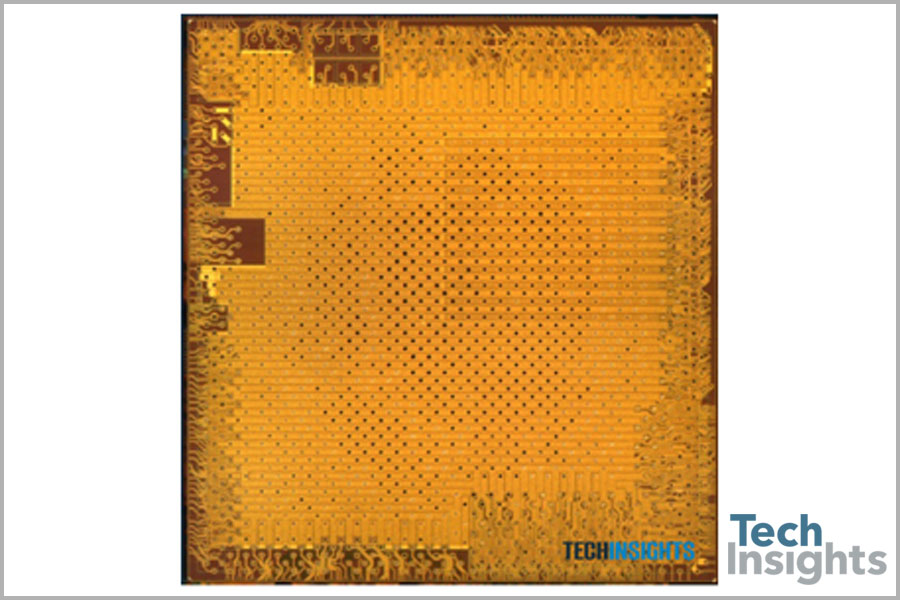
Die Photo of the Apple A5 – 32nm version
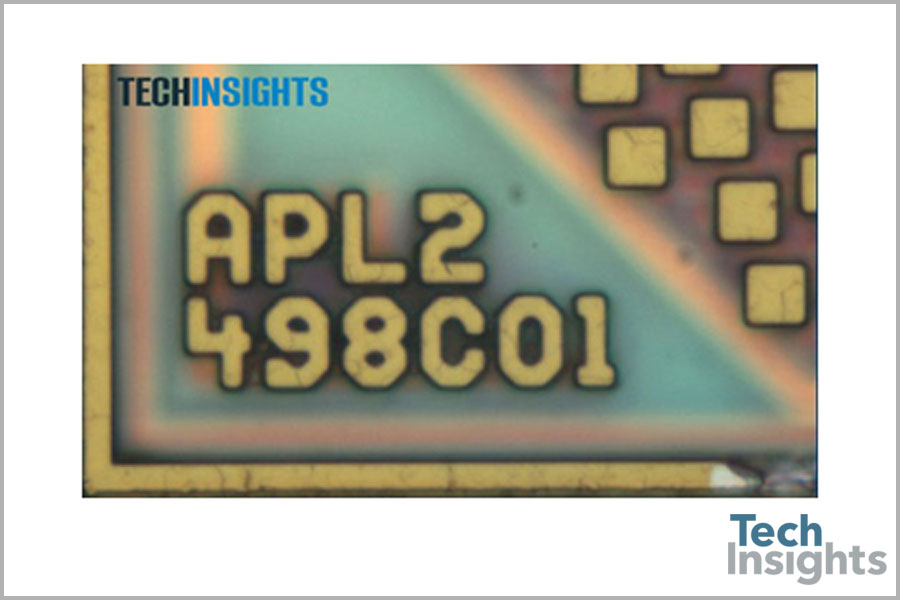
Die Marking of the Apple A5 – 32nm version
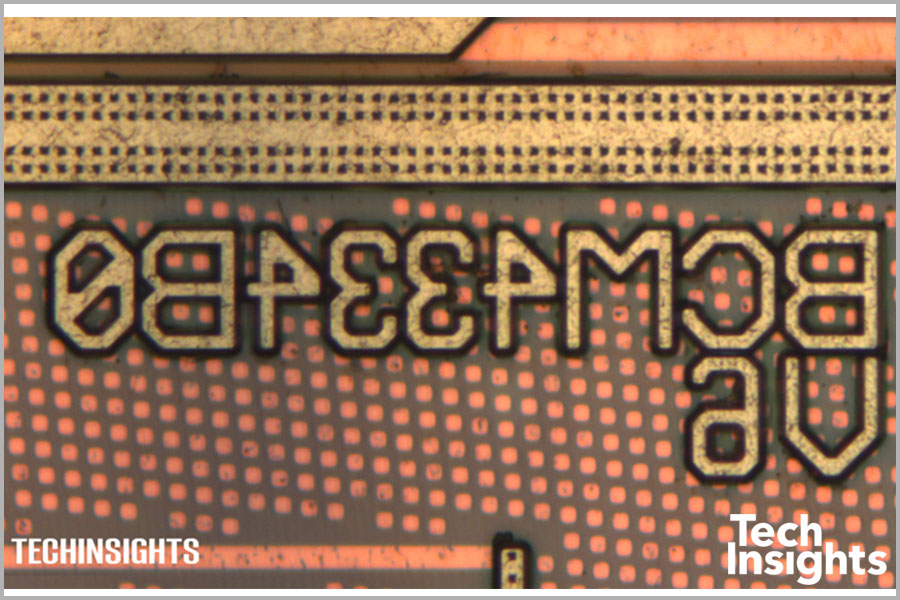
Broadcom BCM4334
Inside the Murata module containing the Broadcom BCM4334
As shown in the past, Apple has a tendency of staying true to the semiconductor vendors that provide their parts. The Apple iPad Mini is no exception to this practice. Broadcom is the first major repeat design winner we see in the new iPad Mini. Broadcom picked up three major design wins, two of which for their touchscreen controllers. The Broadcom BCM5976, which have been found in the iPad 3, the MacBook Air and the iPhone 5 has two sockets on the Mini. The other major design win comes for their four-in-one combo wireless chip, the BCM4334, which was also found in the Samsung Galaxy S3 and the iPhone 5. Below are some images of the Broadcom ICs we’ve analyzed using our de-encapsulation (decap) process:
From a functional perspective, one has to wonder if Apple’s decision to not use a retina-based display and a faster processor, like the A6 or the recently introduced A6X, was in line with their thinking of iterative improvements (i.e. giving people something to look forward to in the iPad Mini 2) or if it was a design decision as a faster processor and more vibrant display may put heavy demands on the 16.5Whr battery and jeopardize the characteristic of Apple products as energy-conserving electronics. In terms of its design, the Apple iPad Mini takes advantage of Apple’s previous design methodologies to create a product that Apple feels will address the growing consumer demand for 7-inch tablets. The Apple pessimist will point to the iPad Mini as half an iPad 2. But the Apple optimist will call the Mini a supersized iPod Touch. Consumers will decide if the $329 US price tag is worth the spend.





